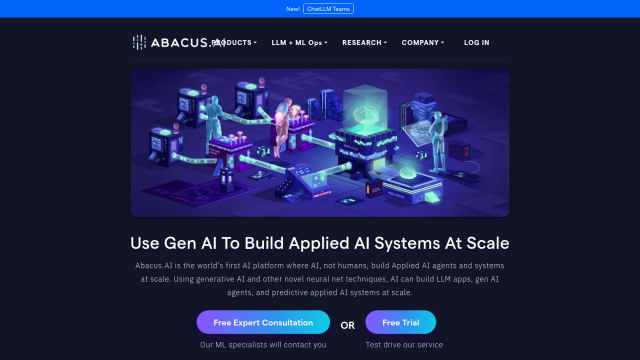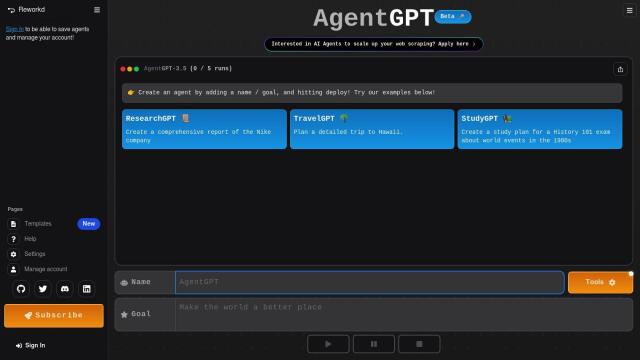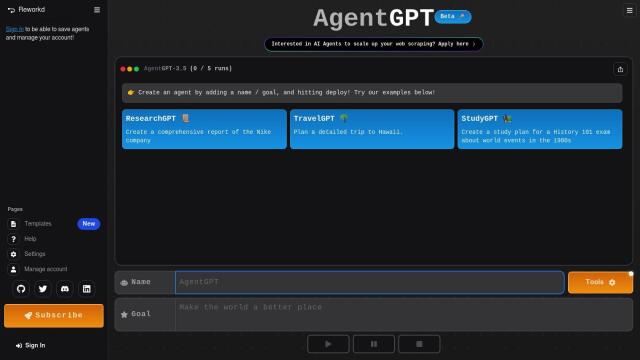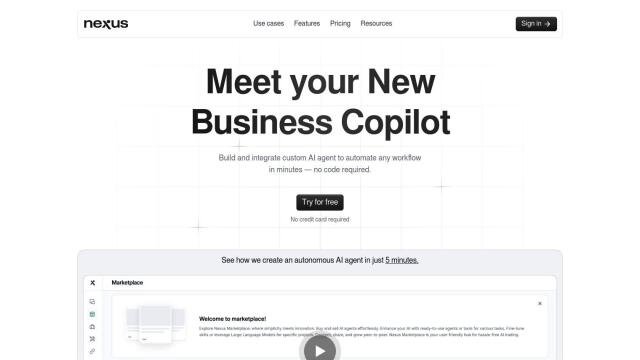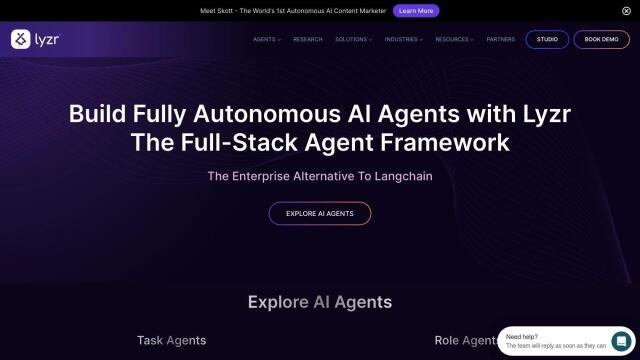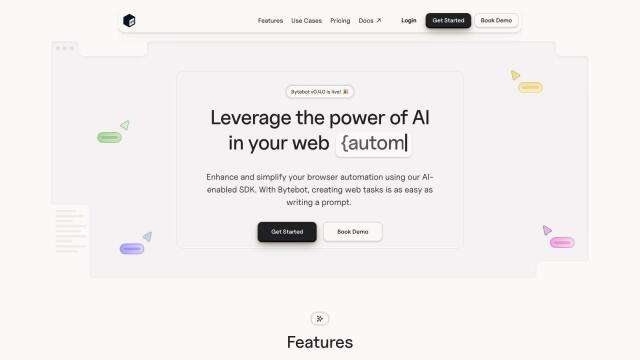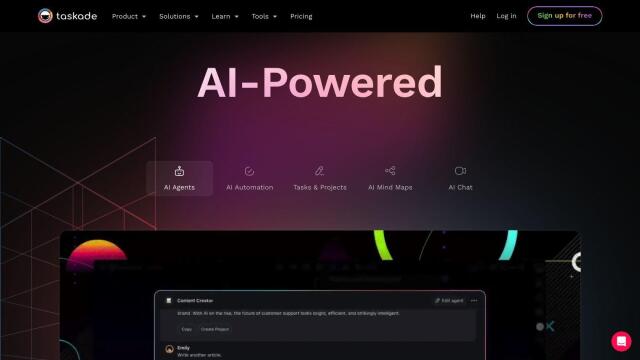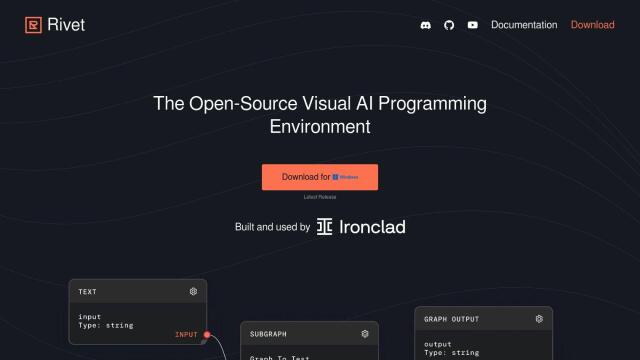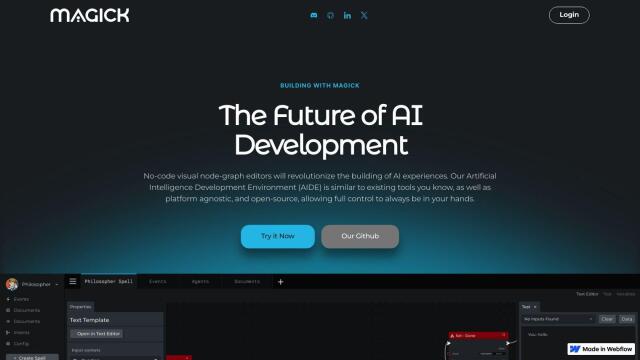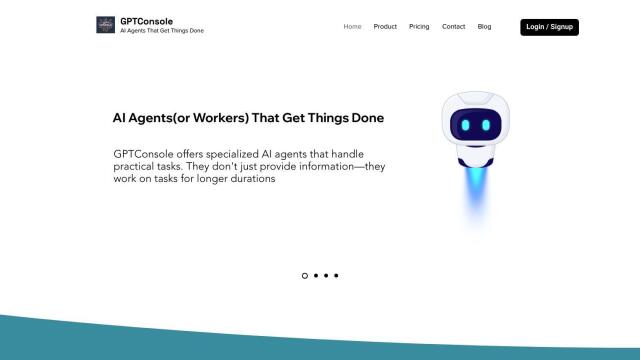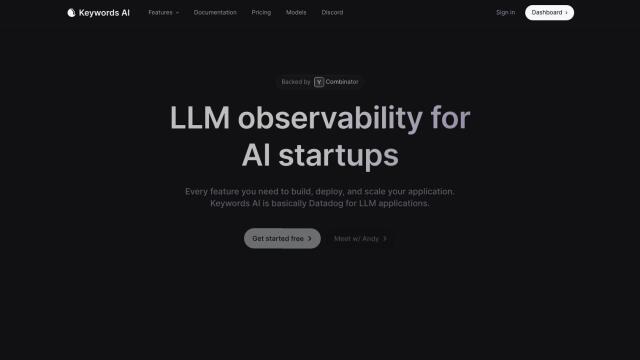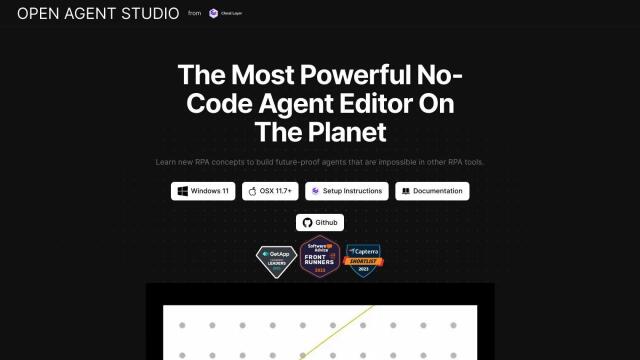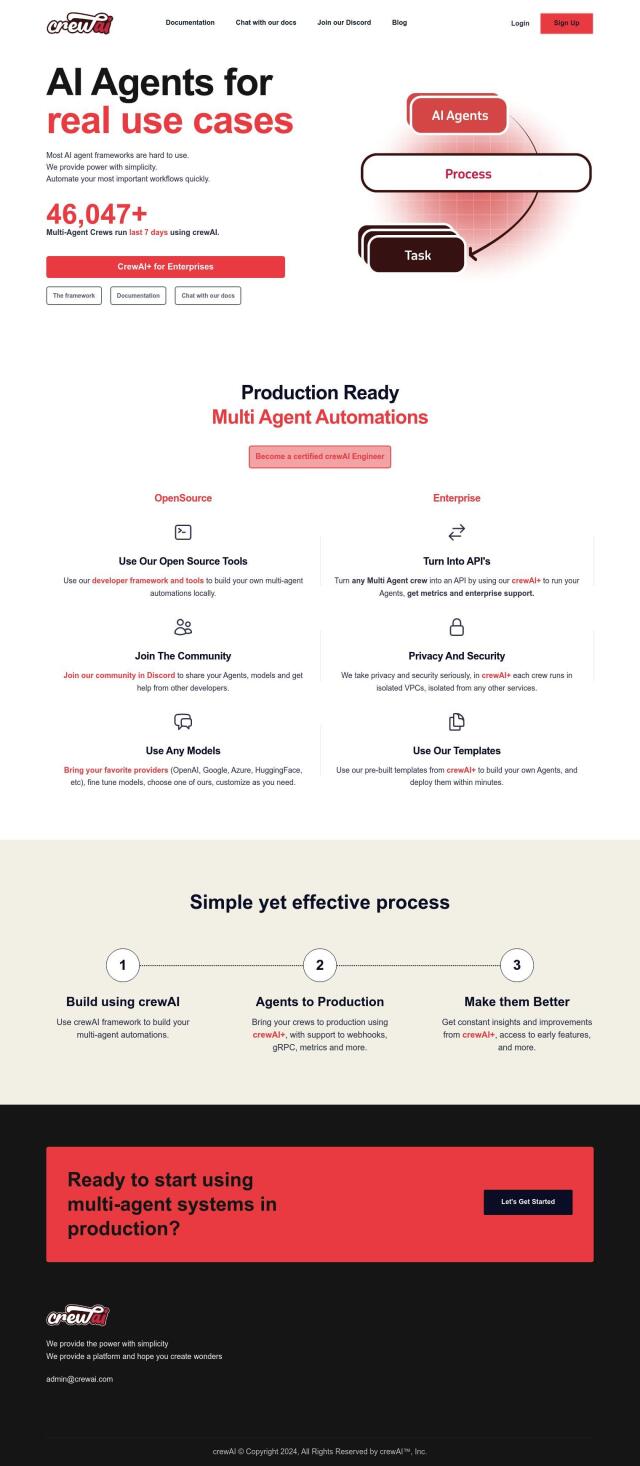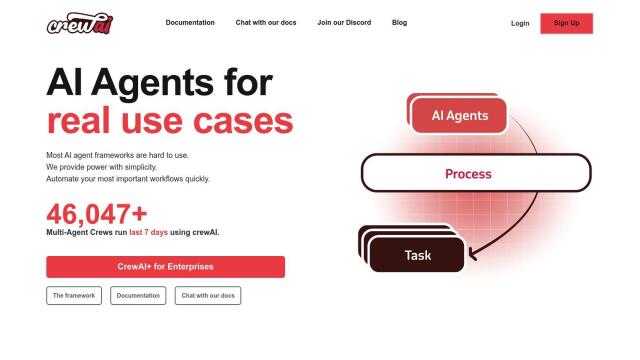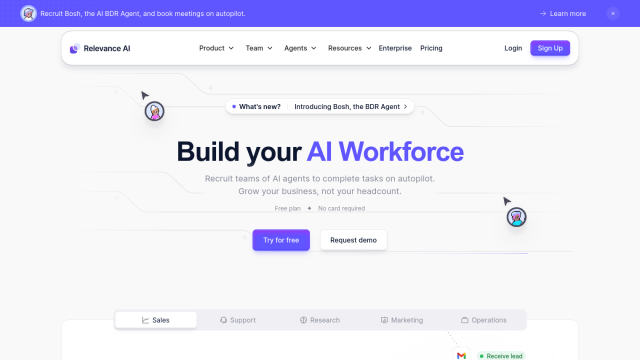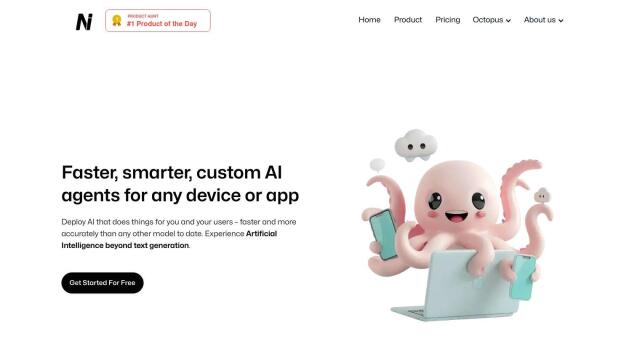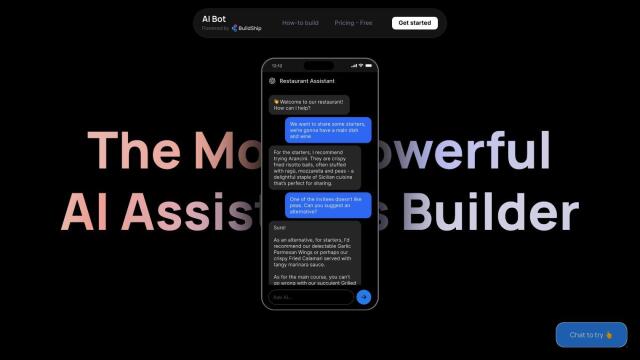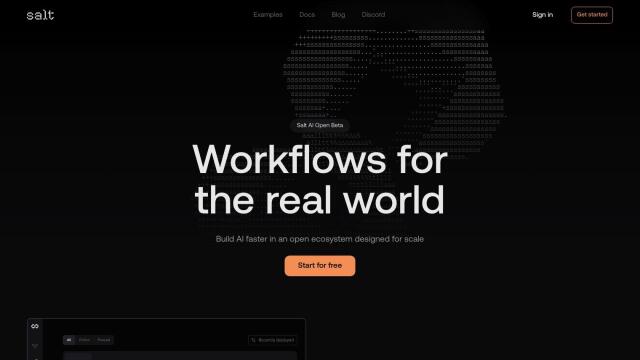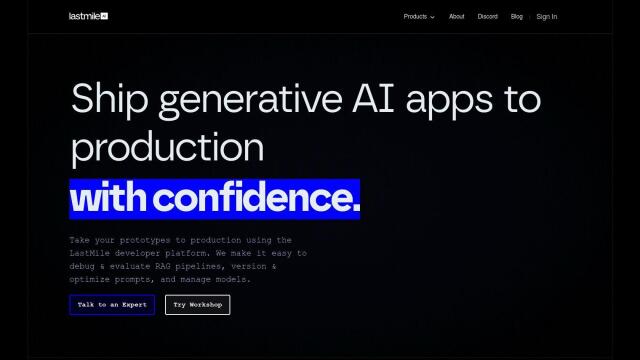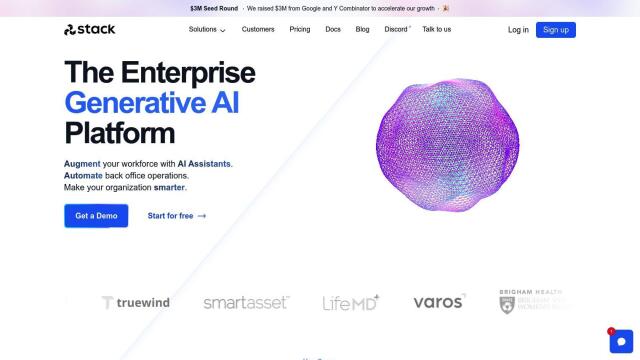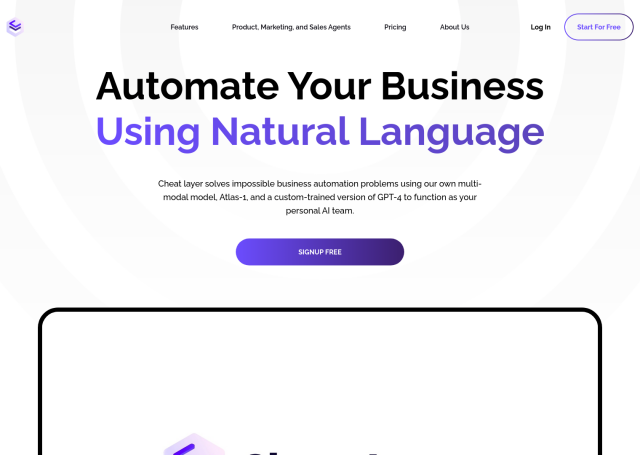Question: Can you recommend a tool that simplifies the process of deploying and running autonomous AI agents in a browser?

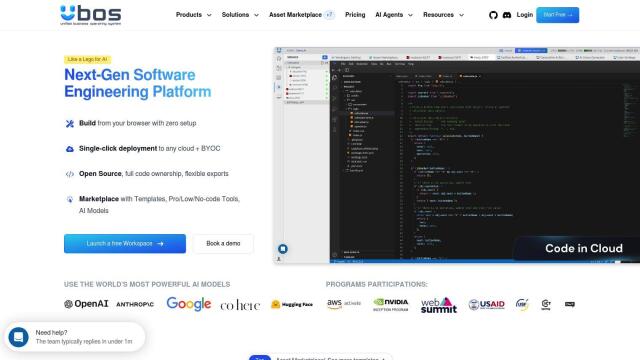
UBOS
If you need a way to make it easier to deploy and run autonomous AI agents in a browser, UBOS is a strong contender. This all-in-one, low-code environment lets you create custom Generative AI and AI applications directly in your browser with no setup required. It can deploy with a single click to any cloud and supports a variety of AI models, including LLMs like ChatGPT. UBOS is geared for both technical and non-technical users and comes with collaborative workspaces and AI model integration.
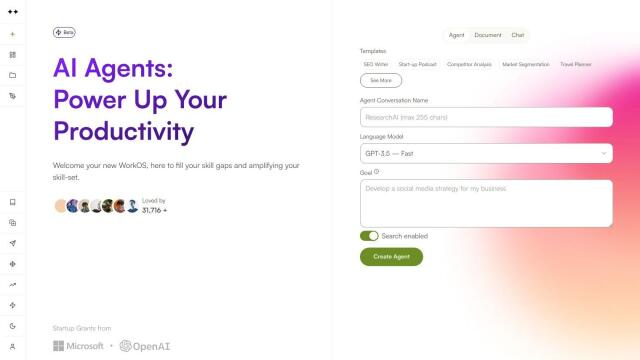
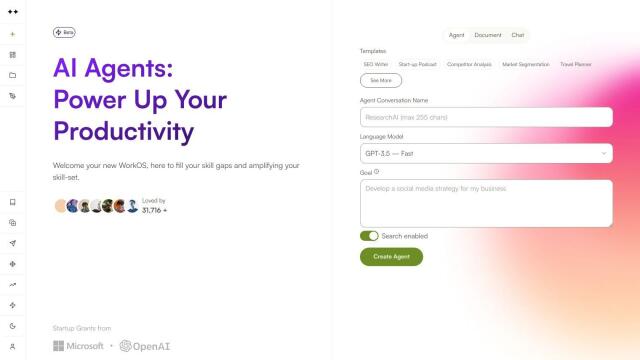
AI Agent
Another strong contender is AI Agent, a web-based interface that uses AI to automate workflows. It breaks down tasks that you define into a series of steps it takes through a four-step process, and it comes with an AI Ensemble for running multiple agents in parallel. AI Agent can run GPT-4 without requiring an API key, and it's got a no-code interface that even nontechnical people can use. The interface is flexible enough to be used for tasks like document workflows, integration with third-party services and web browsing.


Browserbase
If you want to create more sophisticated browser automations, Browserbase is a headless browser option. It's got support for tools like Typescript, Python, Playwright, Puppeteer and Selenium that let developers control multiple invisible browsers. The service has serverless infrastructure that means long-running sessions don't get interrupted, and it's got full browser observability with live access and replay. That means you can build reliable browser automations without having to worry about setting up individual browser instances manually.

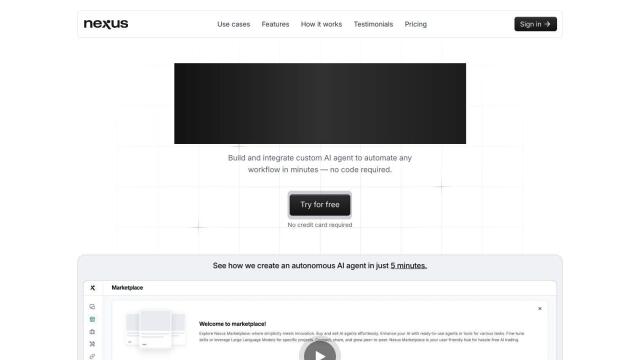
NexusGPT
Last, NexusGPT is a no-code interface good for building and integrating your own custom AI agents. You can automate a lot of workflows and tasks by creating a variety of agents, each of which combines uploaded knowledge and custom tools. With a marketplace of more than 1,500 prebuilt agents, NexusGPT is good for people who want to streamline workflows and automate repetitive tasks without having to write any programming code.

